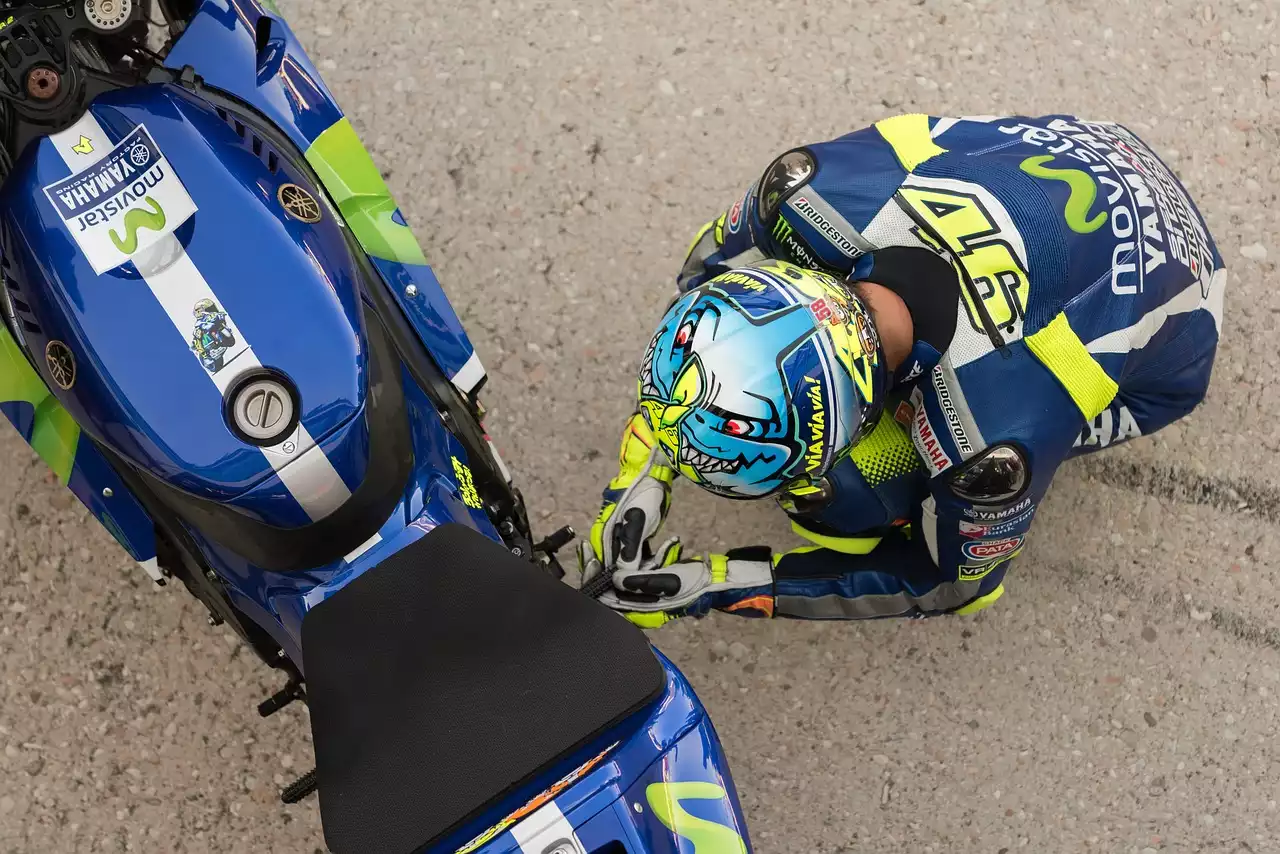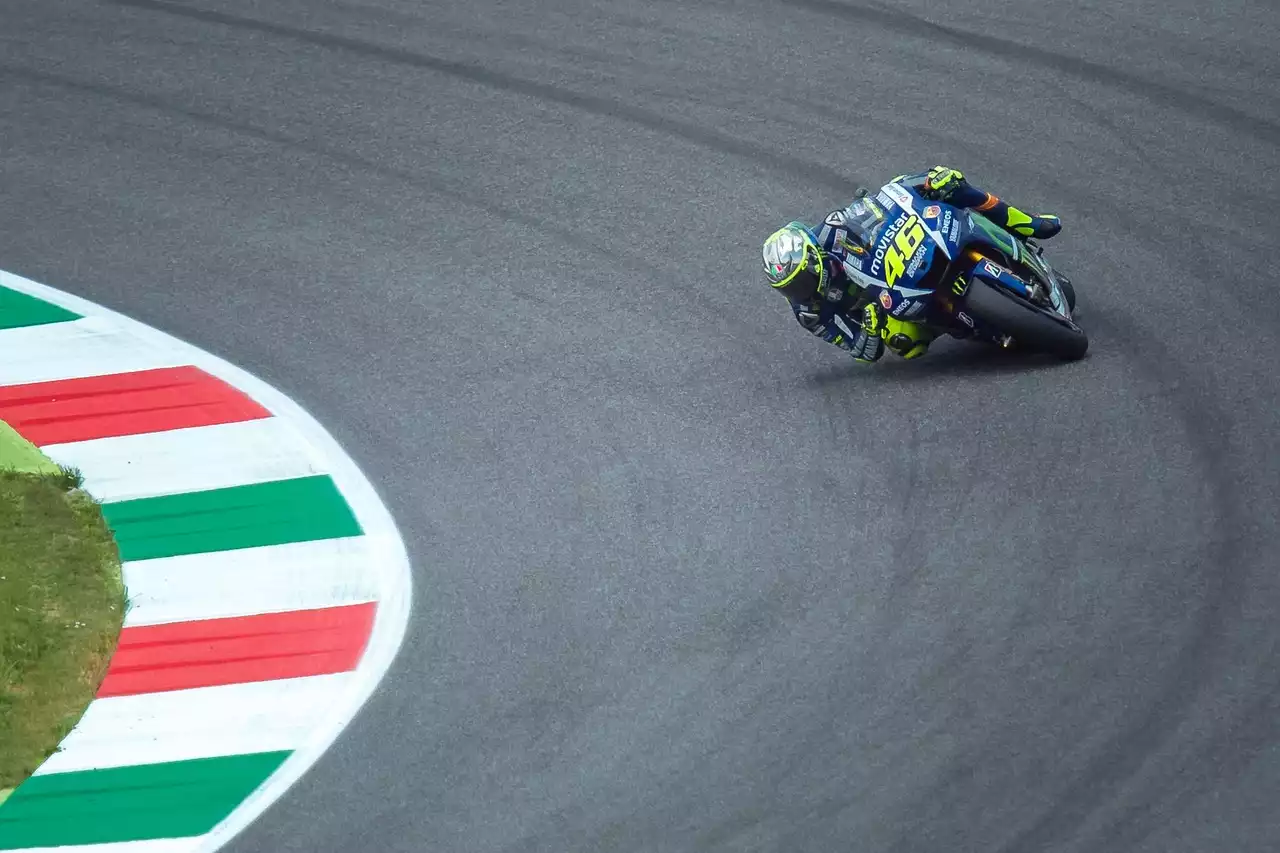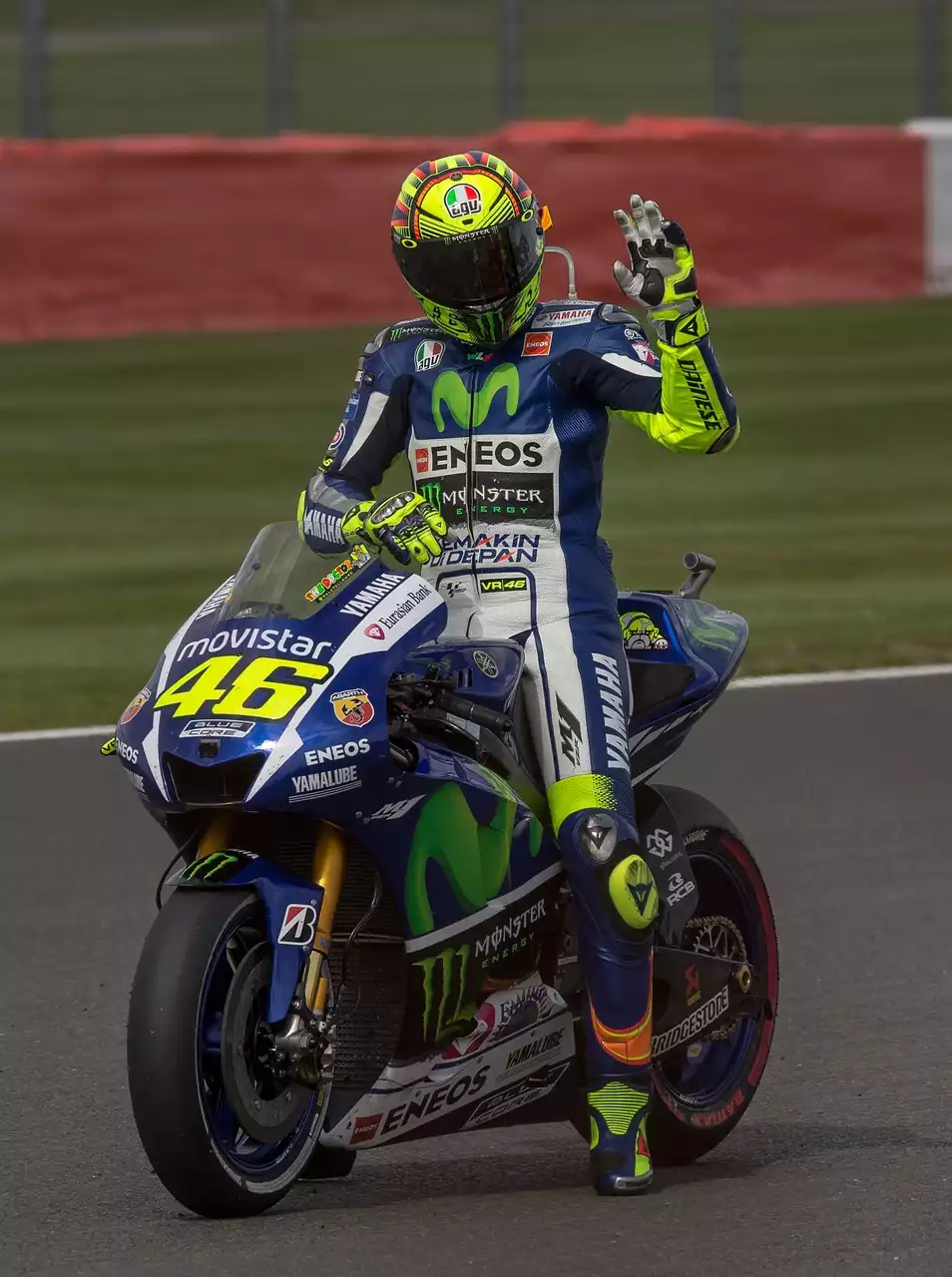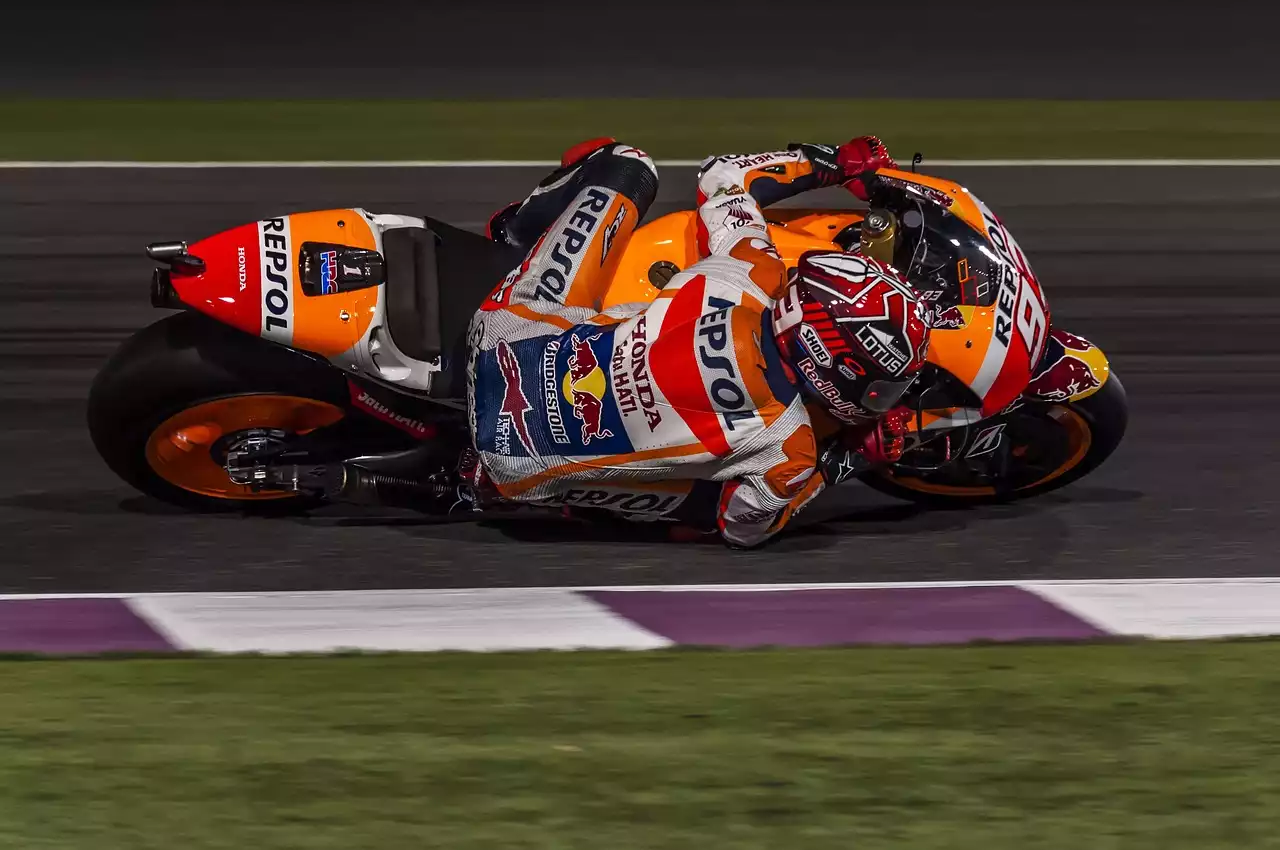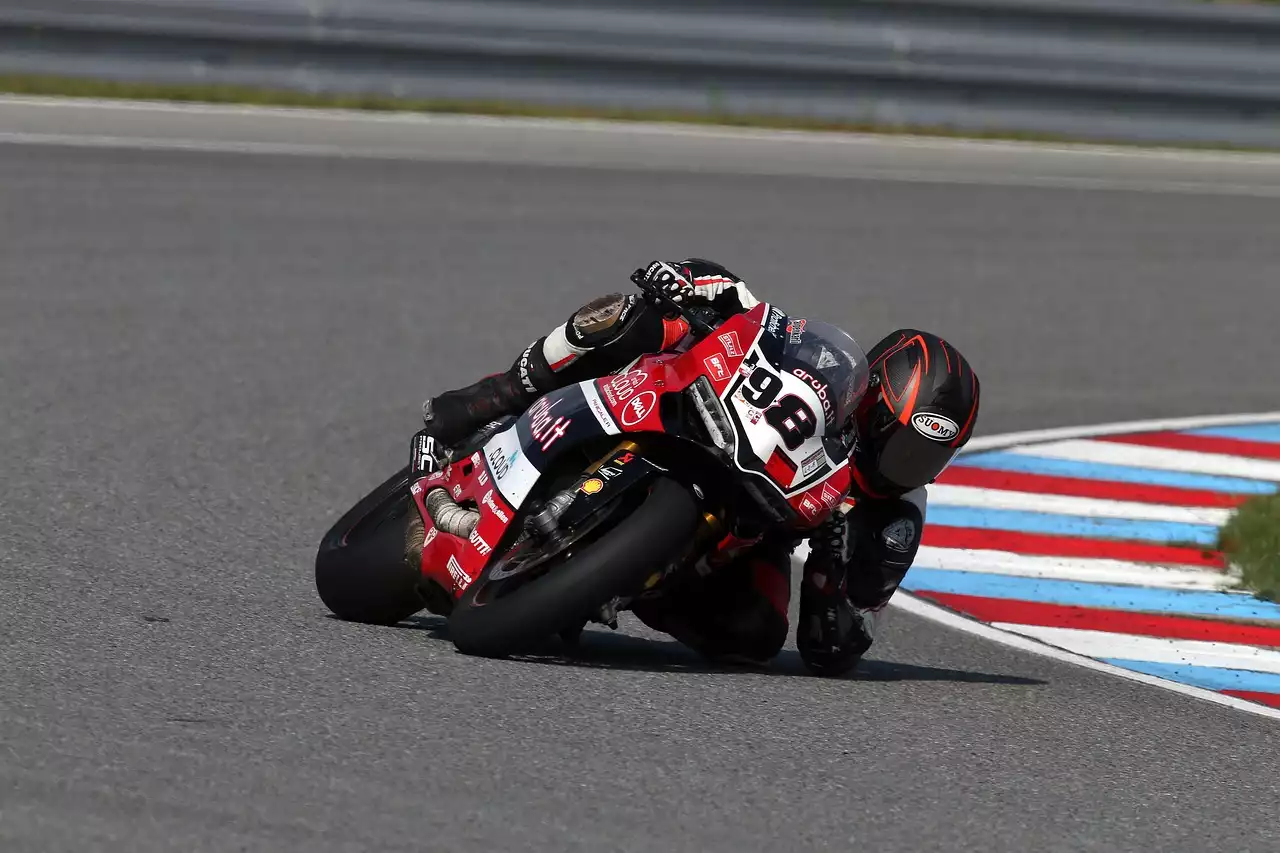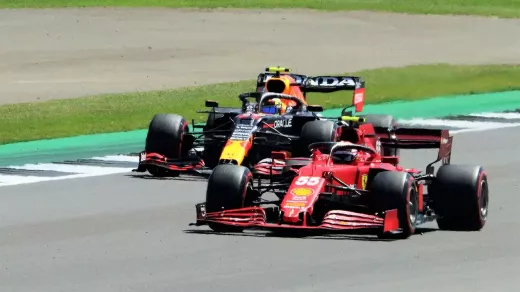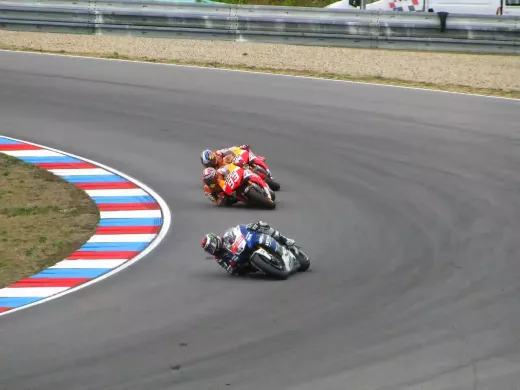The role of engineers in MotoGP
In MotoGP, engineers play a crucial role in the development and optimization of the bikes. They work closely with the riders to ensure that the bikes are perfectly tuned to their unique riding style, and they use cutting-edge technology to analyze data and identify areas for improvement. The engineers are responsible for designing and building the bikes, as well as developing strategies for race day. They must be experts in a wide range of fields, from aerodynamics to materials science, and they must be able to work quickly and efficiently under pressure.
One of the most important aspects of the engineer's role is to ensure that the bike is as fast and as agile as possible. This involves optimizing every aspect of the bike's performance, from the engine to the suspension to the tires. The engineers use advanced simulation software to model the bike's behavior under different conditions, and they use wind tunnels and other testing facilities to fine-tune the bike's aerodynamics. They must also be able to quickly diagnose and fix any problems that arise during races, which requires a deep understanding of the bike's complex systems.
In short, the engineers are the brains behind the MotoGP operation, and without them, the riders would not be able to achieve the incredible speeds and performance that they do.
Motorcycle aerodynamics
Aerodynamics is one of the most important factors in the performance of a MotoGP bike. The engineers must design the bike to be as streamlined as possible to minimize drag and maximize speed. This requires a deep understanding of fluid dynamics and a mastery of advanced simulation software.
The engineers use wind tunnels to test different designs and configurations, and they use computational fluid dynamics (CFD) software to model the bike's behavior under different conditions. They analyze the data and use it to fine-tune the bike's aerodynamics, often making small adjustments to the shape of the fairings or the placement of the rider's body to achieve the desired effect.
In addition to reducing drag, the engineers must also ensure that the bike generates enough downforce to maintain stability at high speeds. This is achieved through careful design of the bike's wings and other aerodynamic features, as well as through the use of advanced materials such as carbon fiber.
Engine design and optimization
The engine is the heart of the MotoGP bike, and the engineers must design it to be as powerful and reliable as possible. This requires a deep understanding of thermodynamics, combustion, and materials science, as well as a mastery of advanced simulation software.
The engineers use computational fluid dynamics (CFD) software to model the flow of air and fuel through the engine, and they use finite element analysis (FEA) software to analyze the stresses and strains within the engine components. They analyze the data and use it to optimize the engine's performance, often making small adjustments to the fuel injection system or the valve timing to achieve the desired effect.
In addition to designing the engine, the engineers must also ensure that it is reliable and durable enough to withstand the punishing conditions of a MotoGP race. This requires careful selection of materials and coatings, as well as careful testing and validation of the engine components.
Suspension and chassis tuning
The suspension and chassis are critical components of the MotoGP bike, and the engineers must optimize them to provide the best possible handling and stability. This involves a deep understanding of mechanical engineering, as well as a mastery of advanced simulation software.
The engineers use finite element analysis (FEA) software to analyze the stresses and strains within the suspension and chassis components, and they use advanced simulation software to model the bike's behavior under different conditions. They analyze the data and use it to fine-tune the suspension and chassis settings, often making small adjustments to the spring rates or the damping characteristics to achieve the desired effect.
In addition to optimizing the suspension and chassis, the engineers must also ensure that they are durable enough to withstand the punishing conditions of a MotoGP race. This requires careful selection of materials and coatings, as well as careful testing and validation of the components.
Materials and technology used in MotoGP engineering
The engineers in MotoGP use some of the most advanced materials and technologies available today. Carbon fiber, for example, is used extensively throughout the bike to reduce weight and increase strength. The engineers also use advanced coatings and surface treatments to protect the bike from the harsh conditions of a MotoGP race.
In addition to materials, the engineers also use a wide range of advanced technologies to analyze and optimize the bike's performance. These include advanced simulation software, wind tunnels, telemetry systems, and data analysis tools. The engineers use these tools to model the bike's behavior under different conditions, analyze the data from the bike's sensors, and identify areas for improvement.
Data analysis and telemetry
Data analysis and telemetry are critical components of MotoGP engineering. The engineers use a wide range of sensors and telemetry systems to collect data from the bike during races and testing, and they use advanced data analysis tools to analyze the data and identify areas for improvement.
The engineers analyze data on everything from the bike's speed and acceleration to its tire wear and fuel consumption. They use this data to fine-tune the bike's performance, often making small adjustments to the engine tuning or the suspension settings to achieve the desired effect.
In addition to analyzing data during races, the engineers also use telemetry systems to monitor the bike's performance in real-time. This allows them to quickly diagnose and fix any problems that arise during races, which is critical in a sport where every second counts.
The importance of rider feedback in MotoGP engineering
While the engineers play a critical role in MotoGP engineering, the riders are also an essential part of the equation. The riders provide valuable feedback on the bike's performance, and they work closely with the engineers to fine-tune the bike to their unique riding style.
The engineers use the rider's feedback to identify areas for improvement and to optimize the bike's performance. They work closely with the riders to ensure that the bike is perfectly tuned to their preferences, often making small adjustments to the suspension or the engine tuning to achieve the desired effect.
In short, the engineers and the riders must work together in perfect harmony to achieve success in MotoGP.
Innovations in MotoGP engineering
MotoGP engineering is a constantly evolving field, and the engineers are always looking for new and innovative ways to improve the bike's performance. In recent years, there have been several major innovations in MotoGP engineering, including the use of advanced aerodynamics, the development of new materials, and the use of advanced data analysis tools.
One of the most exciting areas of innovation in MotoGP engineering is the development of electric motorcycles. These bikes use advanced battery technology and electric motors to deliver incredible performance, and they are rapidly gaining popularity in MotoGP and other racing series.
As the technology continues to evolve, it's clear that the engineers will play an increasingly important role in the world of MotoGP. Their work is critical to the success of the riders, and they will continue to push the boundaries of what's possible in this exciting and fast-paced sport.
